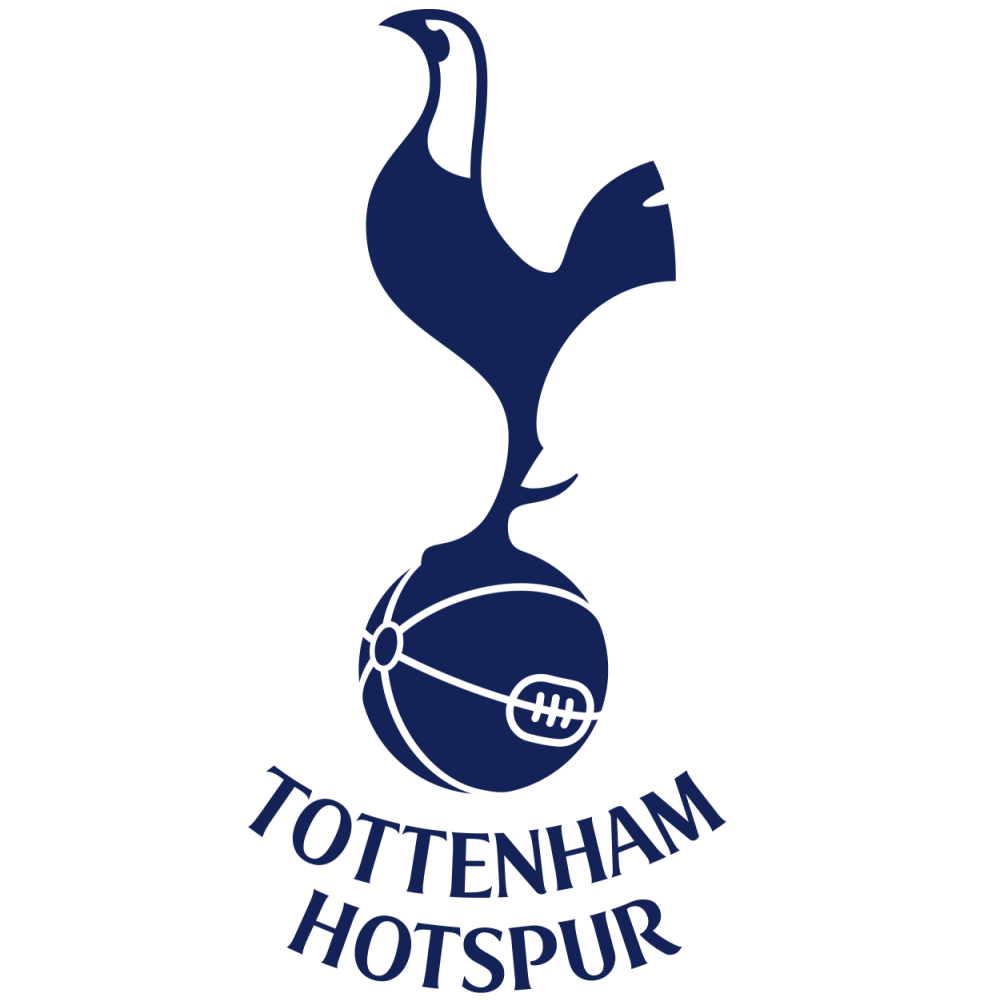On an action-packed Manic Monday at Wimbledon, Michael Hincks opts for a ‘scientific experiment’ to see which Centre Court showdown could produce the greatest racket.
Reliable? Perhaps not. But at the very least, the decibel reader downloaded onto my laptop should prove consistent throughout the afternoon on Centre Court. The plan is simple - watch the first hour of Roger Federer, Serena Williams and Rafael Nadal’s matches, and see which moment generates the most noise.
So in true KS3 science style. Here goes…
Aim: To find out which match would create the highest decibel reading.
Prediction: The latest match of the three – Rafael Nadal v Jiri Vesely. Simply because it is on last, and the crowd will have had time to drink and warm up their clapping hands.
Variables: Recordings taken from the moment each player steps out, and until one hour of their match has been played. Also sitting in the same row in the press seats, for added fairness.
Equipment: Via Google, a program called ‘Decibel reader’. Does what it says on the tin.
The findings…
Roger Federer v Adrian Mannarino: In which there was little to shout about
Federer’s arrival onto his favourite stage unsurprisingly causes a stir. The mere sight of Wimbledon’s darling has the crowd making a noise akin to that of a medium factory – whatever that means. And after tickling the low-to-mid-80s, it’s time for the action.
Silence is expected during a tennis point, but it’s only when you focus predominantly on noise that you realise there is a constant murmur while play is going on. There are 15,000-odd people on Centre, and their mumbles equate to somewhere between that of a refrigerator’s hum (50) and the buzz of an air-conditioning unit (60).
In truth, there was little to get excited about in Federer’s opening set, but the fact it lasted just 16 minutes meant there was time for the 87-mark to be beaten, which came from a round of applause after a trademark Federer forehand.
Surprisingly, the hourlong-high came for a point won by Mannarino, following an enthralling rally. The reading of 88 is identical to that of a food blender, industrialnoisecontrol.com tells me – though assumedly this measurement was made when ice wasn’t in the mix.
Highest decibel reading: 88
Serena Williams v Evgeniya Rodina: In which it appears a reading of 90 might be impossible
During Serena’s match with Rodina, it soon becomes apparent that a generous round of applause garners a decibel reading in the high 80s, and no matter how enthralling the point appears to be, it is difficult for this crowd to clap their way over the 90-mark. Something must be worthy of a louder/harder clap.
It’s during this match that I realise my focus should not be solely on the loudest noise, but that it’s also worth monitoring some other notable utterances.
The sound of 15,000 people groaning at a double fault tickles between the 78 and 80 mark, about the same as your alarm clock, with the ‘oohing’ of a net cord reading a little higher at 83.
Then there is the rhythmic clapping and subsequent gasp of surprise that comes with a hawk-eye challenge. But even that fails to topple 90, reading at 88.
It’s a 42nd-minute ace from Serena which brings up 89 for a millisecond, the highest score of the day so far, but it only serves as another incident where 90 is yet to be registered. Two more 88s follow, after a Rodina break and Serena passing shot.
It soon becomes apparent that Serena may not even provide an hour’s worth of action, such is her supremacy, but it did just about go beyond the distance of this experiment, by a whole two minutes. Serena, once more, was into the quarter-finals – for the 13th time at SW19.
Highest decibel reading: 89
Rafael Nadal v Jiri Vesely: In which a dream goal is created
There is no doubt that 90 is the mark to reach. It seems a distant prospect despite the previously recorded 89, but it has at least given this nonsensical and somewhat pointless experiment an end goal.
It’s at this point I must also stress that the results have not been fabricated for dramatic effect, as curious as it may seem that an 88 in Federer’s match edged up to 89 in Serena’s. And for anyone doubting whether this questionable app on my laptop can even go over 90 – it can. Something I discovered between matches when shouting at my machine and reaching 94 – akin, I’m guessing, to that of my 16-year-old self letting in a goal on FIFA. (Okay, 26-year-old self)
But back to the final match in question – Nadal against Vesely. It provides a very promising start, with the very sight of Nadal taking to the court measuring in at 89.
Perhaps it’s the Pimms which fuels louder claps, or simply Nadal’s popularity, for the barrier that is 90 decibels is finally broken when the Spaniard makes his familiar dart to the baseline to get the match under way.
It comes in at 91, louder than a motorcycle 25 feet away, which is very specific, and one decibel louder than a lawn mower – though no reference is made as to whether you should be standing right next to said machine or some 17 feet away.
And that, as they say, it that. It proves to be the only time 90 is surpassed. By the hour-mark, Nadal is comfortably 6-3 4-3 in front, with the now-typical level of applause of 87 and 88 being reaching on a handful more occasions.
Highest decibel reading: 91
***
Conclusion: Rafa creates the greatest racket. Period.




















